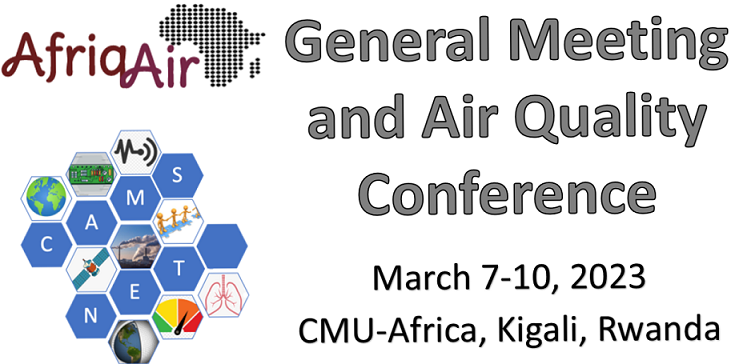Speaker
Description
This study focuses on the characterization of household exposure levels to indoor air pollution in the city of Ouagadougou. The pollutants concerned are carbon monoxide (CO) and particles with a diameter of less than 2.5 microns (PM2.5) emitted by fuel combustion. Thirty (30) households including 10 improved stoves, 10 traditional stoves and 10 gas stoves were selected as the sample for our study. The measurements were made during the rainy season (August-October 2021) in a real kitchen situation following the procedure as described by Kitchen Performance Test (KPT) and the IAP-Metter instruction guide. The different types of fuel encountered in this study include liquefied petroleum gas, charcoal and wood. The results show that the average carbon monoxide concentrations obtained for improved stoves, traditional three-stone stoves and gas stoves are respectively 184.567; 105.315 and 93.6µg/m3 during the cooking period. The PM2.5 concentrations for these same stoves were 186.37; 1846.3 and 27.362 µg/m3 for the improved stoves, traditional three-stone stoves and gas stoves respectively. The carbon monoxide concentrations are well above the threshold specified by the World Health Organization (WHO) (30 mg/m3 for 1-hour exposure ; 10mg/m3 for 10-hours of exposure). As for PM2.5, the concentrations are also very high even if the duration of exposure does not fit with the WHO data. It was noted that improved households expose their users more to CO than other types of households. These high levels of exposure to pollutants represent a danger for women and children, especially since women are practically in the kitchen with their children sometimes during the cooking period.

